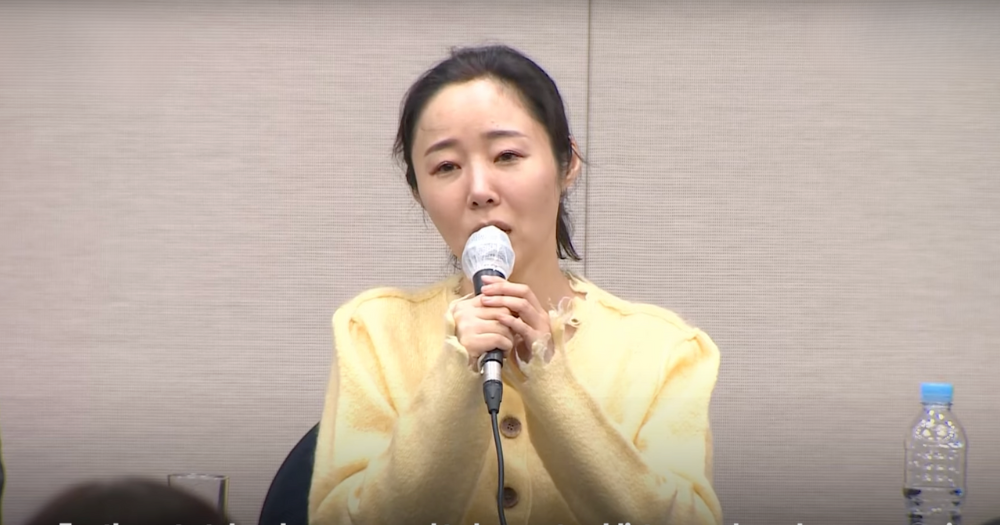Elon Musk & Vivek Ramaswamy plan to slash govt headcount, eliminate 'thousands' of regulations
Attempts to make the U.S. government more efficient have been a perennial pursuit of U.S. Presidents.


 American billionaires Elon Musk and Vivek Ramaswamy have outlined the goals and methodology for their nascent Department of Government Efficiency (DGE) via an essay in the Wall Street Journal.
American billionaires Elon Musk and Vivek Ramaswamy have outlined the goals and methodology for their nascent Department of Government Efficiency (DGE) via an essay in the Wall Street Journal.
On Nov. 12, president-elect of the United States Donald Trump announced that Musk and Ramaswamy will head up the DGE.
The proposed new department was described by Trump as a “gift” to the U.S. and would “pave the way” for the Trump administration to cut government bureaucracy, excessive regulations, wasteful expenditures, and restructure Federal Agencies.
On Nov. 20, Musk and Ramaswamy co-authored an essay addressing their plan of attack, and defending their as-yet unrealised DGE from some of the many criticisms levelled against it.
Efficiency
The main thrust of Trump’s efficiency twin pack was efficiently summed up by Washington Post journalist Jeff Stein into seven points, although it could be even more efficiently summed up in three broad approaches.
www.washingtonpost.com/business/202...
— Jeff Stein (@jeffstein.bsky.social) 21 November 2024 at 07:43
Firstly, Musk and Ramaswamy want to cut "thousands" of unnecessary government regulations.
They proposed hiring staff for the DGE, then embedding them at each government agency, using an unspecified advanced technology to identify superfluous regulations, before submitting them to the Trump administration for elimination.
Secondly, they also proposed cutting U.S. federal employees to the “minimum number” necessary to maintain the government’s core functions, a number that would itself be made lower by the regulation cutting.
It would facilitate this by offering severance packages and early retirement incentives, as well as assistance to transition federal employees into the private sector.
Thirdly, and perhaps most contentiously, they proposed various ways of circumventing the need for Congress, the U.S. legislative body, to authorise spending cuts.
The pair said that there were programs where Congress’s spending authorisation had lapsed, but also suggested that it could reinterpret current legislation in such a way that would allow them to proceed without congressional approval.
Court supremacy
They seemed unfazed by the possibility of legal challenges, suggesting that the current Supreme Court would “likely side with (Trump)” to stop specific acts, such as the 1974 Impoundment Control Act.
This appears to be a central consideration in their goals.
The U.S. Supreme Court had for a long time been finely balanced between progressive and conservative factions, broadly aligned along the Democratic and Republican political parties respectively.
As there are an uneven number of justices in the court, each side usually only had a single justice majority within the court, with the most politically neutral justice being considered the “swing vote”.
However, during the end of the Obama administration and the first Trump administration, a Republican-controlled senate engineered a situation which allowed Trump to drastically change the composition of the court, now with a decidedly conservative bent, with six conservatives to three progressives.
The change is important to note because the essay says that the DGE intends to make use of two "critical" Supreme Court rulings "issued during President (Joe) Biden's tenure".
The court's conservative tilt was likely more impactful to the outcome than the Biden presidency.
The implication is that the current Supreme Court was likely to be ideologically sympathetic, to say the least, for Trump’s interpretation of the law, allowing his plans, and that of the DGE, to go ahead.
Or so Musk and Ramaswamy appear to believe.
Antidemocratic and antithetical
Musk and Ramaswamy justified their plan by suggesting that the current state of affairs was “antidemocratic and antithetical” to the original conception of the U.S. government.
Too much power was vested in the hands of unelected bureaucrats, rather than elected officials.
Despite suggesting several ways that congressional approval could be circumvented, their essay insisted that far from removing power from Congress, their plans would be “correcting the executive overreach” spawned from “thousands” of laws and regulations enacted by presidents using their executive powers to circumvent congressional approval.
The plan has a hint of using fire to fight fire about it.
Been there tried that
Many were quick to point out that many administrations, Republican and Democratic alike have sought to “cut government waste”.
The Washington Post provided a list dating back over a hundred years of similar attempts to utilise businessmen to streamline government processes, that failed to find resounding success.
Perhaps the most succinct critique of DGE’s prospects was found in a comment published by the Brookings Institute: “People like to say that they want less government spending but hate it when their favourite program is cut", and suggested it was better to approach the issue with a "scalpel" not an "axe".
It went on to point out that there were various constituencies with differing priorities that would raise objections to programs that favour them.
One example of how deep personnel cuts would conflict with Trump’s other priorities was that of border agents, who would be essential to fulfilling another of Trump’s promises, cutting illegal immigration.
The just under 20,000 agents were already deemed insufficient, and drastically cutting their numbers was likely to result in more rampant illegal immigration.
It highlighted several other sacred cows, vital interests of Trump supporters and detractors alike: policies such as social security or veterans' affairs.
The Brookings commentary hinted at the likelihood that in a contest between “government efficiency” and policies advocated for by vital pillars of Trump support, the DGE was far more likely to be run out of the White House “faster than you can say ‘Department of Government Efficiency".
Related stories
Top image via Donald Trump/Facebook & Vivek Ramaswamy
MORE STORIES


















